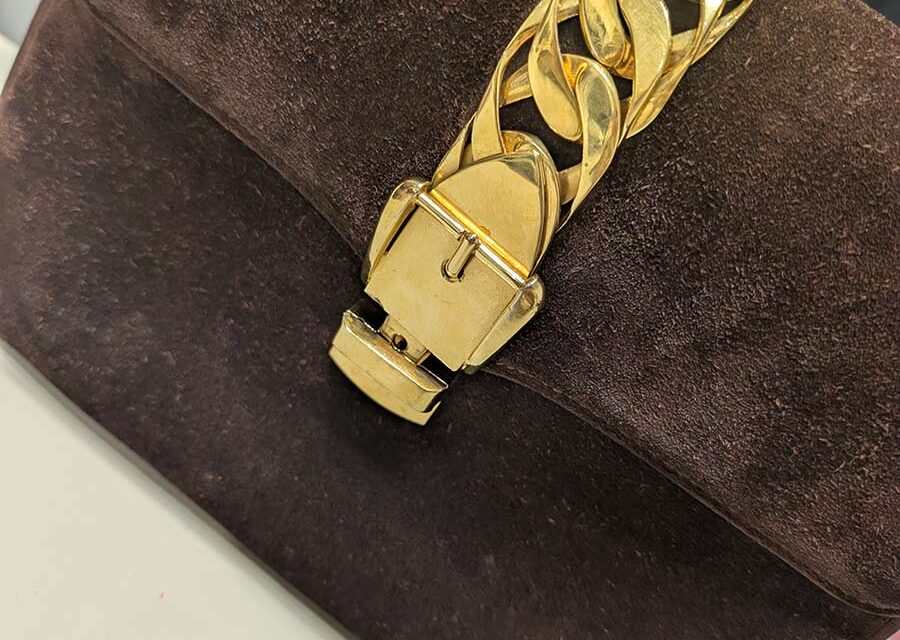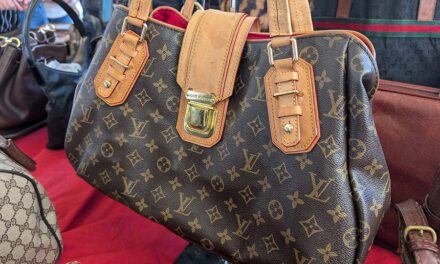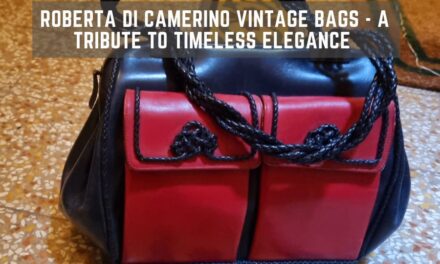Why a dark-brown suede shoulder bag with old-school hardware outclasses today’s flashy logos
There’s a reason vintage Gucci keeps circling back into the fashion conversation: it embodies a kind of restraint and craftsmanship that much of modern luxury has forgotten. If you’ve ever held a dark-brown suede Gucci bag from the 70s, 80s or early 90s—sturdy in the hand, minimal branding, brass hardware that feels like jewellery rather than marketing—you know exactly what I mean. It’s luxury that whispers. And in a decade addicted to shouting, whispering is radical.
This piece argues two things. First, that Gucci’s vintage era—especially in suede and leather small goods—set a benchmark for materiality and finish that feels rare today. Second, that the brand’s more recent swings between maximalist logo culture and trend cycles diluted that quiet authority. At the centre is our hero: a dark-brown vintage suede bag with solid hardware and no screaming logos. It’s the purest statement of what Gucci once did best.
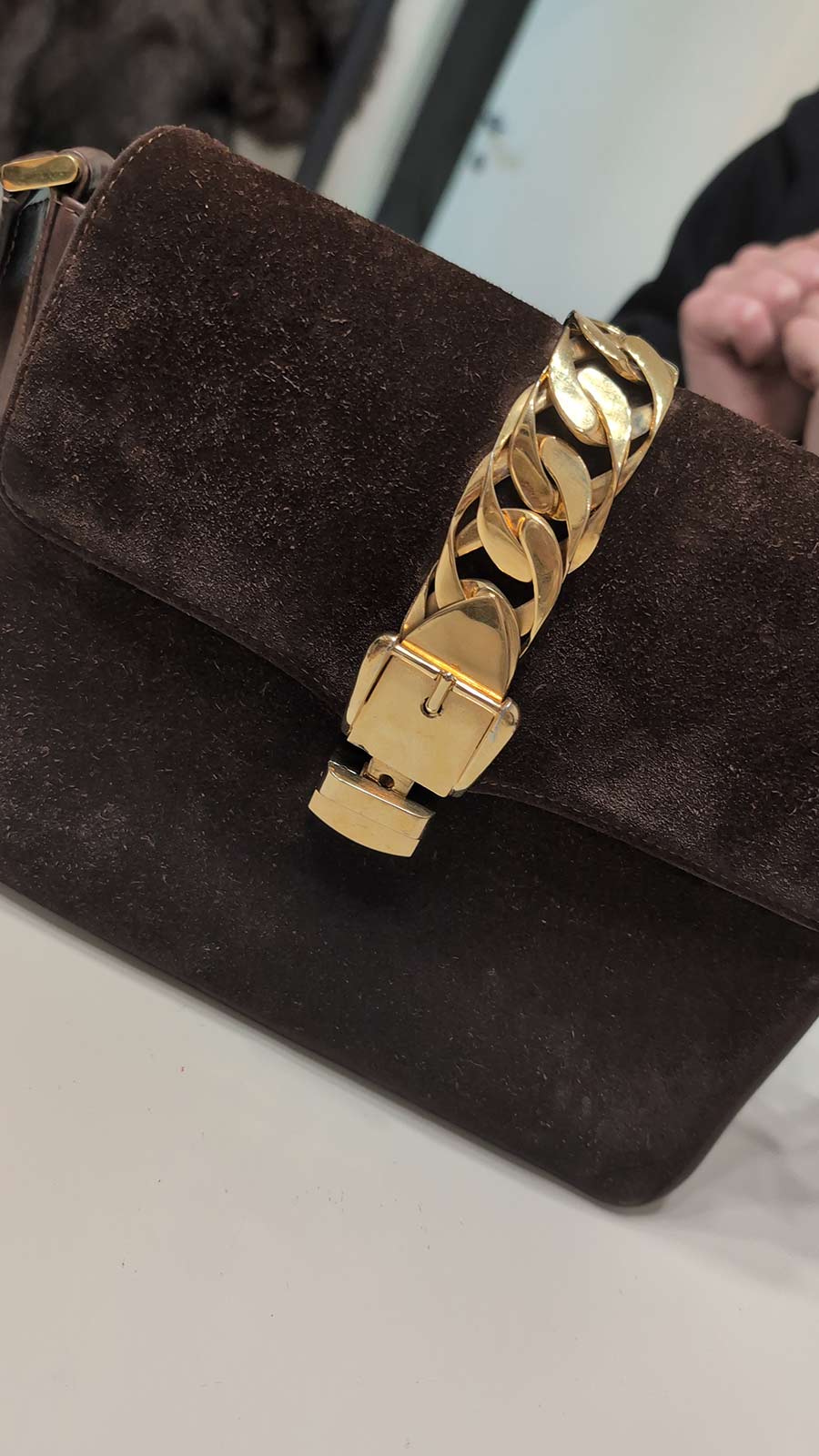
The case for vintage Gucci: materials first, marketing second
Pick up a vintage suede Gucci and you notice the nap—dense, velvety, uniform. It doesn’t shed on your blazer, it doesn’t look “thirsty,” and it doesn’t bruise at the first brush of a fingernail. The panels are cut to respect the grain; edges are inked and even; lining is usually a robust cotton or leather that ages, not peels. Zips track like a well-oiled instrument. The hardware? Weighty. It warms under the fingers. It isn’t “gold tone”; it’s metal with presence.
These details aren’t romantic nostalgia; they’re the practical reasons a bag remains wearable after 30 or 40 years. Vintage Gucci’s best pieces were built to serve a wardrobe, not a quarterly trend cycle. When a house puts material quality and construction at the front, you feel it every time you reach for the bag.
The deterioration: when logos outshout legacy
Gucci’s modern chapters gave us cultural moments—no one denies the impact. But with each branding spike, the market flooded with monograms, canvas reissues, and hype-led drops. The issue isn’t creativity; it’s longevity. When seasons are structured around novelty and recognisability rather than touch, balance and longevity, product becomes content. Content is consumed; heirlooms are kept.
That shift shows up in the secondary market. Many contemporary logo-forward bags peak fast and fall quickly. The more quiet, well-made heritage pieces—especially in suede or saddle leather with minimal signage—hold or climb. The lesson is simple: if the loudest thing about a bag is the branding, the bag is wearing you. If the loudest thing is the make, you’re wearing the bag.
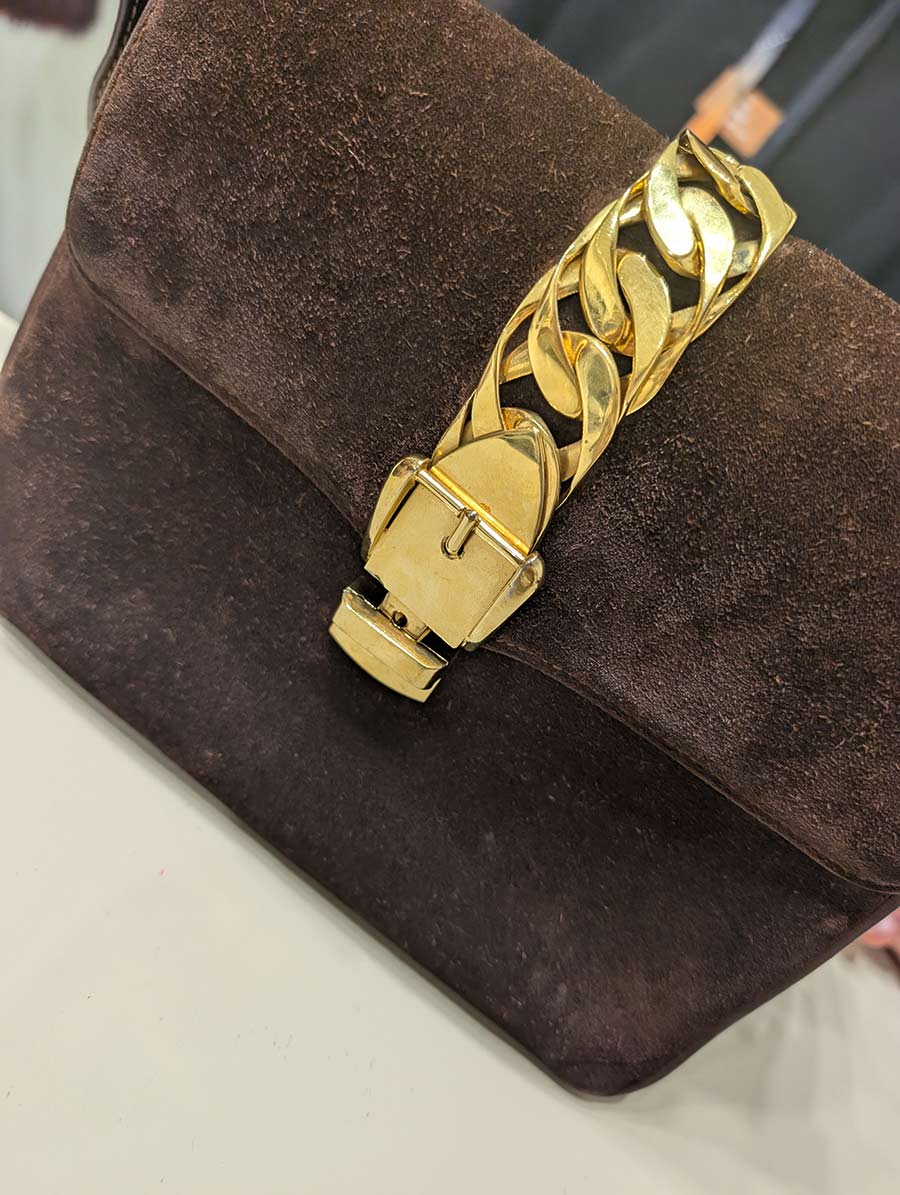
Why the dark-brown suede shoulder bag is still the move
Dark brown is the most underrated neutral. It pairs with black without shouting “I’m breaking rules.” It deepens navy, enriches camel, flatters denim and softens white. In suede, it absorbs light rather than bouncing it back at the room. This is “quiet luxury” before that phrase was meme-ified.
Look at a vintage Gucci in this spec—dark brown suede, elegant silhouette, solid brass or antiqued hardware, and little to no external branding. It does three things beautifully:
- Elevates texture. Suede gives dimensionality that smooth leather can’t. The bag reads rich without effort.
- Telegraphs discretion. No billboard logos. People who know, know. Those who don’t simply register “beautiful bag.”
- Ages with grace. Brown suede gains a lived-in depth, especially when brushed and conditioned. The patina of hardware against suede is timeless.
Hardware as a tell
Vintage hardware has heft and patination; screws align; clasps close with conviction. Modern cost-cutting usually shows here first. On the dark-brown shoulder bag, the metal should feel like jewellery engineered for work, not costume built for photos. Tiny things—clean hinge plates, even plating, a closure that lands without hunting—signal old-world quality. If you ever wonder whether a vintage accessory is special, shut your eyes and use your hands. Weight, movement, temperature—that’s where heritage lives.
Styling: the elegant statement
Because the bag is understated, it’s wildly adaptable. A few high-yield pairings:
- Monochrome black. Black blazer, knit and trousers. The brown suede breaks the block and reads intentional, not matchy-matchy.
- Camel and cream. A camel coat, cream knit, gold studs on boots. The bag becomes the bridge between warm and warm.
- Denim & silk. Mid-wash jeans, white silk blouse, loafers. The bag softens the denim and adds depth to the shine of silk.
- Tailored menswear. Grey flannel, white tee, penny loafers. The vintage hardware plays off watch metal—refined, unforced.
Jewellery tip: stay in the brass/gold family to echo the hardware. Let one piece—signet ring, hoop earrings, a slim chain—mirror the bag’s tone.
Care that keeps the soul
Suede isn’t fragile if you treat it like a material, not a trophy:
- Protect, don’t smother. A light mist of suede protector at arm’s length twice a year.
- Brush, don’t rub. Use a suede brush to lift nap and remove marks; for spots, a suede eraser first, then brush.
- Rest and stuff. Let it breathe between wears; keep shape with acid-free tissue.
- Avoid rain panic. If it gets damp, blot with paper towels, shape, and air-dry away from heat. Brush once dry.
The goal is not to keep it “new”—it’s to let it age beautifully.
Authentication and sourcing
Minimal-logo vintage can be trickier to authenticate, so be methodical:
- Proportions and panels. Vintage Gucci kept symmetry tight; sloppy panel alignment is a red flag.
- Stamps & fonts. Early interior stamps vary by era but should be crisp, evenly placed, and consistent with known examples from that period.
- Zips & lining. Check makers (e.g., old-school Lampo zippers), stitching per inch, and lining quality—no bubbling or plasticky feel.
- Provenance beats price. Buy from reputable vintage dealers who guarantee authenticity and offer returns. A slightly higher price for certainty is worth it.
Value and why it’s rising
The market is remembering that discreet luxury travels better between wardrobes and decades. As taste leans back toward longevity, the bags that exemplify craft over clout are getting the attention—and the bids. A dark-brown suede Gucci with solid hardware hits the exact sweet spot: recognisably “house,” yet not chained to a particular hype era. As supply tightens (good examples don’t reappear quickly), value follows.
What modern Gucci can learn from its past
Reinvention is the heartbeat of fashion, but reinvention without restraint is just noise. Gucci’s strongest future will likely blend both: design bravado supported by an almost pedantic insistence on materials, finishing and utility. Less logo as identity; more object as identity. The vintage dark-brown suede bag proves how powerful that formula is. It doesn’t need to tell strangers its name to be recognised as quality.
Final word: the elegant statement that doesn’t beg for attention
If you own one of these vintage suede beauties, you already understand the magic: it completes outfits without competing; it looks right at breakfast and after midnight; it sits on the table with quiet authority. In a world that confuses visibility with value, a bag like this is a small act of taste—and an argument for bringing luxury back to what you can feel, not just what you can see.
In short: the deterioration of the brand isn’t inevitable—it’s a choice. Vintage Gucci shows the better choice: materials that last, hardware that works, design that respects the wearer. A dark-brown suede shoulder bag with solid vintage hardware is the proof you can carry on your shoulder.

